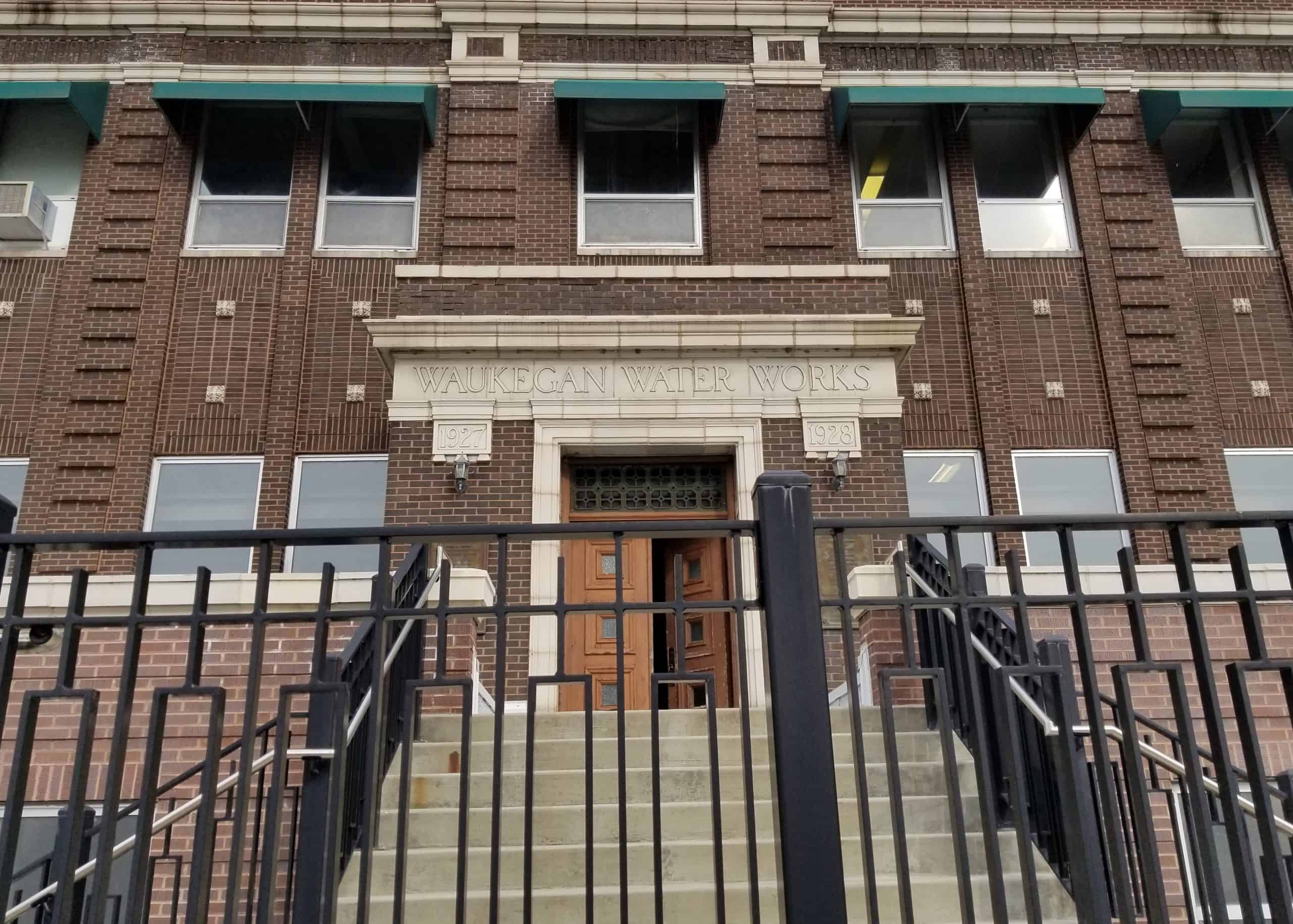
Mound L39 Lift Station Design and Construction


- Conservation Districts
- Public Utilities
Market
- Construction
- Engineering
- Environmental
- Planning
- Wastewater
- Water
- Water + Wastewater Planning
Services
- Mound, Minnesota
Locations
The 6-MO-651 project includes the replacement of two aging lift stations with a new 2.2 MGD lift station (L39), along with associated gravity and force main interceptors. Project challenges include crossing a Lake Minnetonka channel, which was directionally drilled; tunnel construction for a portion of the gravity interceptor; and lift station construction in a wetland area with deep organic soils deposits. HR Green also provided construction observation.
HR Green is providing preliminary design, final design, permitting, and certain construction phase services for several MCES projects in the City of Mound. The projects include the demolition of an existing wastewater treatment plant; a new gravity interceptor; a new lift station L38 and a new West Maintenance Facility.
The L39 Lift Station site is constrained by wetlands bordering much of the facility and interceptor alignment. The demolition of the old facility had to be done in phases, to allow construction of the new lift station and maintenance facility while maintaining the operation of the existing lift station. In 2013, HR Green prepared contract documents for the demolition of the former WWTP tankage and the removal of contaminated sediments from an associated wastewater treatment pond. This required a significant permitting effort related to wetland impacts. HR Green minimized wetland impacts and mitigation needs by demonstrating that portions of the former treatment pond were historically not wetland; thus, the filling of those portions did not require wetland mitigation. A Corps of Engineers Letter of Permission was received for the project.
The project site is located in an area containing Native American burial mounds. HR Green retained an archaeological consultant to perform a site investigation, including shovel testing. This demonstrated to the satisfaction of the Corps of Engineers and the State Historic Preservation Officer that no cultural resources were present in the area of the planned demolition/construction.



